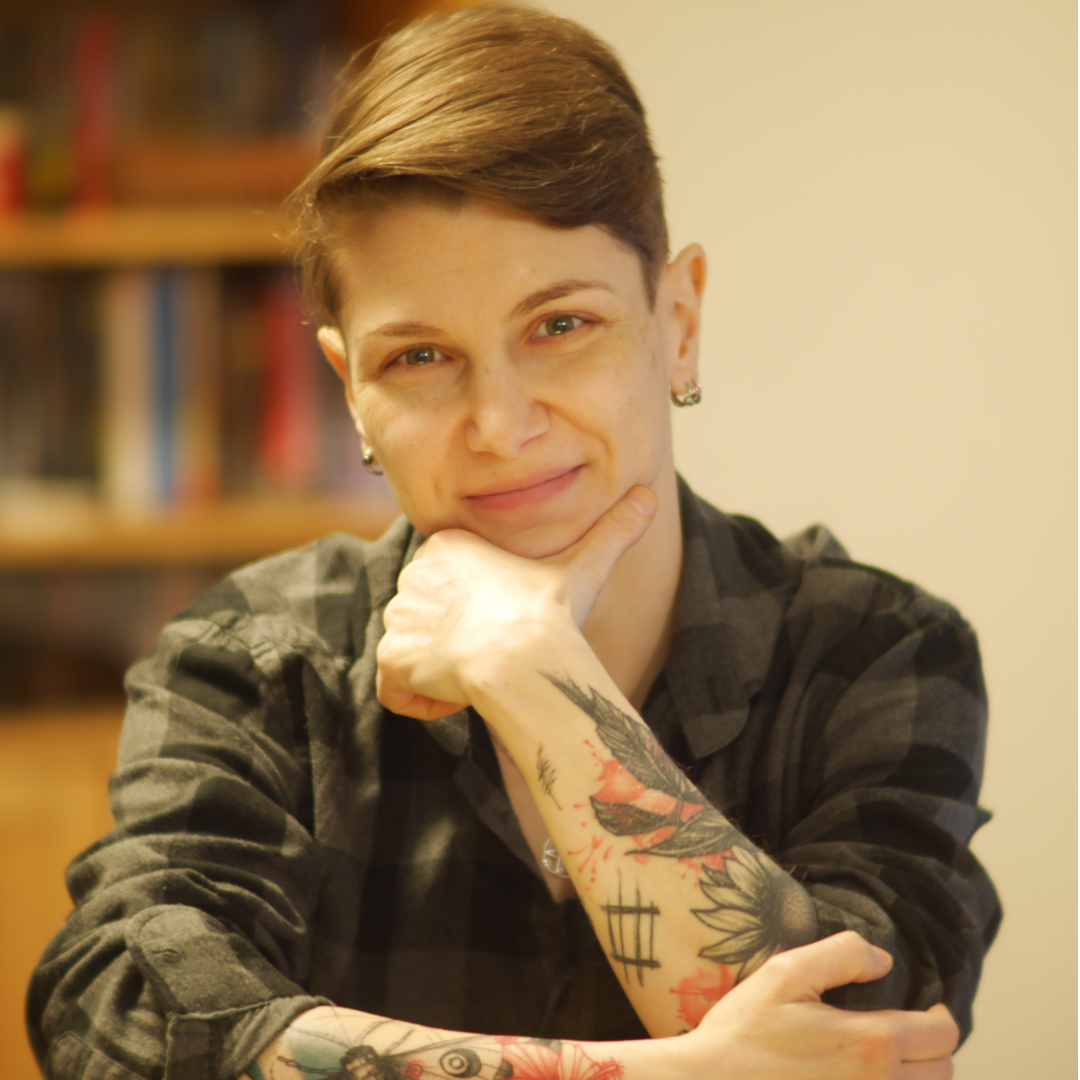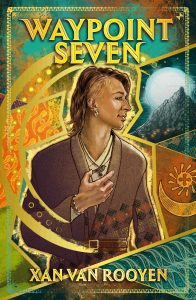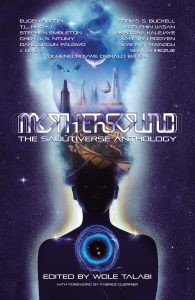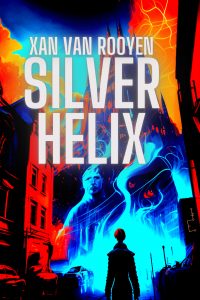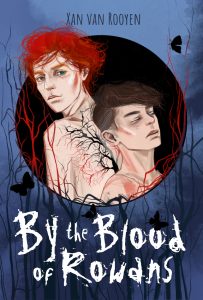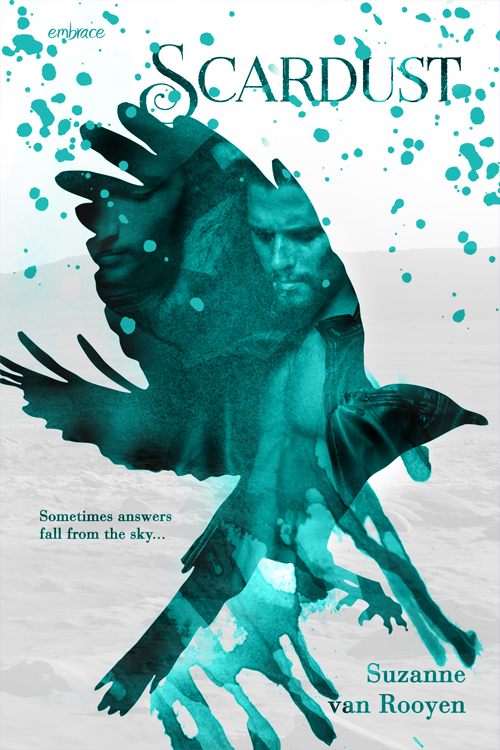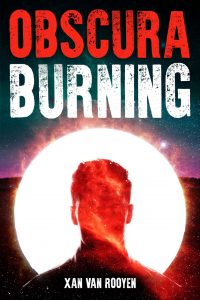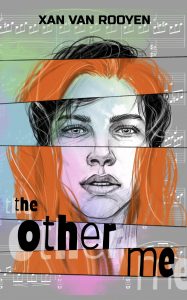Today I’m pleased to welcome Bryn Hammond to Off the Page talking about her new book Amgalant.
 I’m a woman, which I have to mention because I have a boy’s name. I live in Sydney, Australia, where I rent a cheap flat, work three days a week at a stupid job to pay the rent, and write on the other days. That’s me. Ask me about the book.
I’m a woman, which I have to mention because I have a boy’s name. I live in Sydney, Australia, where I rent a cheap flat, work three days a week at a stupid job to pay the rent, and write on the other days. That’s me. Ask me about the book.
You can find Bryn online here: Website/blog Goodreads Twitter Facebook
1. Tell a little about yourself, what you do when you’re not writing, what are your aspirations for the future?
The truth is, I’ve thrown myself into this project such that I don’t do a lot else. Write or read research…
I’m happily single, and I have those hermit-writer instincts. The less attention I spare for real life, I figure, the more real to me grow my fictional people. It’s a bit of a Frankenstein’s monster theory: I sort of try to erase Bryn from my head. Healthily, though, I’ve just enjoyed a gap-year, after publication of the first and second; I gobbled fiction, I got online and chatted my head off on book sites.
My aspirations for the future are to finish Amgalant, and you can put a full stop after that. The third is an estimated five years’ work, so I don’t think beyond.
2. When and why did you start writing?
Always. In my early days I wrote science fiction, though I remember an sf/historical cross, with aliens in a Decline and Fall of Rome situation. And a Mongol was pope.
3. If you could only read one book over and over again for the rest of your life, what would it be and why?
My first among novels has always been The Brothers Karamazov; but though I’ve read that a number of times, I don’t think I’d pick it to read forever and ever amen. I might go the Faerie Queene. Because I’d never be bored. And for beauty of language, which I’d need if I am reduced to one book.
4. Give us some back story about Amgalant, where and when did you write it?
I’m still writing it. Began nine years ago. I’m amused to say, I have scrawlings about Mongols, Turks and the Secret History in a notebook from my early teens. I’m in my forties now; I met my perfect subject late in life (yes, in spite of those scrawlings) but I’m glad I did: in hindsight, my life seems an apprenticeship for this – my writings were practice, and every past interest feeds in.
5. What inspired your story?
Two books. I picked up a wonderful old travels secondhand: Huc and Gabet, Travels in Tartary, Tibet and China, 1844-1846 – guaranteed to give you a love for Mongol life. Straight afterwards I had to go for a history, and happened on Rene Grousset’s Empire of the Steppes, that dates from 1939, kept in print for ‘majestic sweep and grandeur’ – I quote. And that was such luck, because no other account of Genghis Khan – nothing I’ve read since – would have given me the imaginative inception. I swear Grousset was a frustrated novelist. They say Huc and Gabet fictionalised too… together these just seduced my imagination and I was committed by the time I’d finished them.
6. What was your favorite part of Amgalant to write?
Um, everything was ecstasy? To live in that world, to live those lives. It’s like getting lost in a book, only more intense.
7. Your book’s going to be made into a movie, who would you cast in the main roles?
I’d be busy having horrors about the script, and traumatised to see my people with faces not their own. I’d get used to it I guess.
8. Are you a Pantser or Plotter? Why?
I am not a plotter. It’s a sad fault in me, and why I never finished a novel before – I had things to write about but never kept control of a plot. My historical has solved this: I follow in the footsteps of my source and I have to like or lump my plot. Left for me is to do the work I can do: character, and the how, why and wherefore of events.
For me, it’s a bad to determine things ahead. I don’t know what my guy’s going to say in the next paragraph, until I have him absolutely himself in this one. Still, I’m not sure I’m a panster; I’m a fanatical re-writer, and if we talk fast or slow writers, I’m with the slowest.
9. Do you have any tricks to your trade, bottomless coffee, a magic pen, a special muse?
The nearest to a trick I have is: Shut the windows, close the curtains, blast music (mine’s opera, maybe for the drama) – shut out the world, allow no noise in nor even outside light. Only your fictional world exists.
I feel like an athlete because I have to be disciplined on what I eat. Sugar messes with my creative brain. Tea feeds it, and in fact, to move from tea-guzzling onto food, when I have to eat, risks the end of creative energy that day.
10. If you could be any fictional character for a day, who would it be and why?
If I were to answer this honestly, I might have to admit I’d be Dr Who. Why? He is one of the seven wonders of the galaxy, and I don’t know what the other six are.
One: The Old Ideal
Temujin comes into the world on the day the Mongols suffer a catastrophic defeat in battle. He isn’t the hero type, but he has expectations to live up to, and he has a cause: freedom for his way of life, unity against China, where a nomad is an animal.
‘Through great fear have I lived; Through great grace I have my life.’ – from Temujin’s thanksgiving to his Sacred Mountain, which he believes has intervened to save him from an enemy. In The Secret History of the Mongols, committed to paper on the death of the figure we know as Genghis Khan, his own words, his own memories can be found. Those of his youth, that was hand-to-mouth and tooth-and-nail – when by his own lights he was least of a hero, but had to learn fast – are particularly vivid.
Amgalant One follows The Secret History step by step, incident to incident, as an unlikely lad grows into his kingly name, Tchingis.



